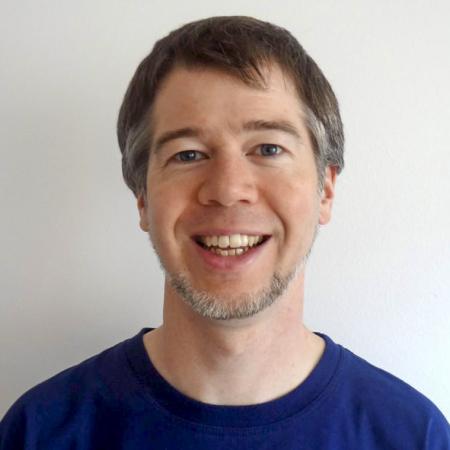
Tim Happel
Tim Happel
Max Planck Institute for Plasma Physics
Wednesday, December 16, 2020
10:00am
Remote
Abstract: During the last years, the I-mode confinement regime has been intensely studied on ASDEX Upgrade tokamak. This is for various reasons, among those the interesting physics involving decoupled heat and particle transport, and the potential importance of I-mode as a candidate regime for the DEMO tokamak. In fact, during 2019, a EUROfusion Ad-hoc group assessed the key benefits and uncertainties of no-ELM regimes (mostly QH-mode and I-mode) for DEMO.
It is therefore very important to advance both the physics understanding and the extrapolability of the I-mode. ASDEX Upgrade has recently focused attention on the studies of divertor power loads, both stationary and transient. Accompanying, so-called pedestal relaxation events that involve increased power deposition on the divertor targets have been observed and investigated. In order to reduce target heat fluxes, nitrogen seeding was applied. While a degradation of confinement during N seeding at constant heating power is usually observed, good confinement can be recovered by increased auxiliary power input. A major outcome has been the successful detachment of the inner divertor leg during an I-mode discharge. The physics understanding of I-mode has also been advanced: edge gyrofluid simulations with suppressed ion-temperature gradient modes together with phase randomization at large turbulence scales reproduce the weakly coherent mode, different energy and particle transport, and main features of the L-I power threshold including a widening I-mode existence window with magnetic field strength. Finally, I-mode has been observed in H plasmas and plasmas with significant He content. This enables isotope studies, which are important for future fusion devices that will probably start up in either of those gases.
An overview of main results of these topics is given, including an assessment of whether I-mode could potentially be run in ITER or DEMO. Furthermore, key questions to be addressed in the future and plans for the upcoming ASDEX Upgrade campaign are discussed.
Bio:
- studied in Kiel in northern Germany, Diploma thesis 2006 on turbulence at the transition from close to open field lines in a stellarator (TJ-K)
- PhD thesis in 2010 in Madrid, Spain, on Doppler reflectometry for Er and wavenumber spectrum studies on a stellarator (TJ-II).
- Since 2011, change to tokamak studies at Max Planck Institute for Plasma Physics, Doppler reflectometer diagnostic design, turbulence investigations coupled to gyrokinetic code validation studies.
Since 2013 involved in I-mode experiments.
- in parallel, since 2018, lectures at the university of Ulm on plasma physics and renewable energies.
Prizes
- Diploma and PhD theses gained prizes for excellence
- Itoh project prize on plasma turbulence 2009